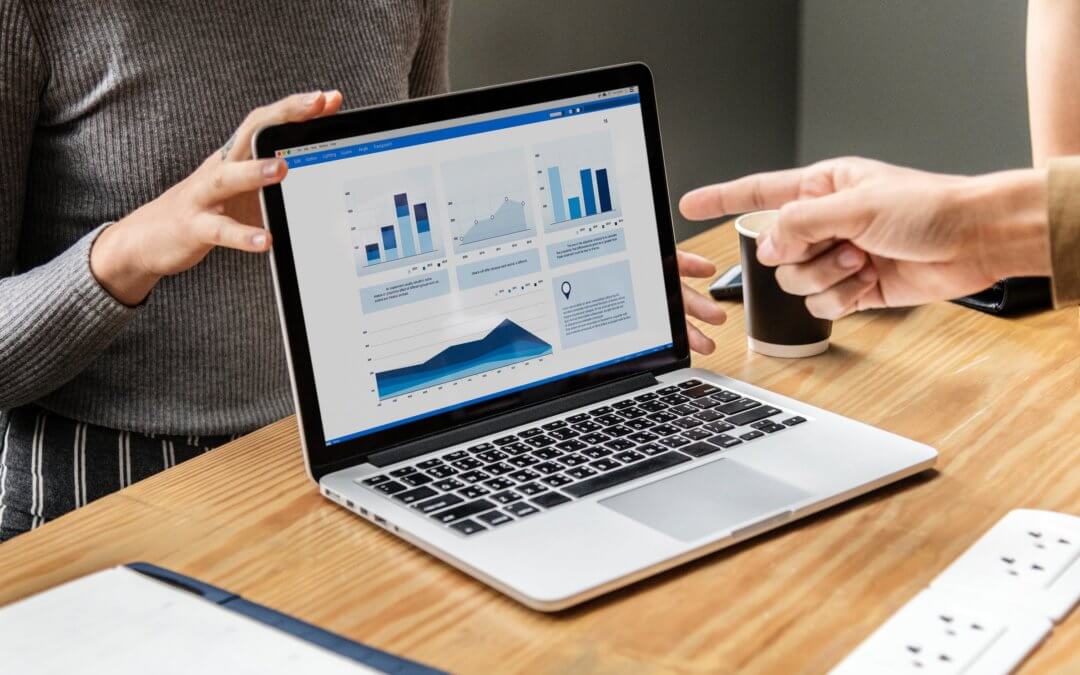With so many factors affecting the economy, public health and politics, it’s understandable why Making Tax Digital (MTD) has fallen out of the news recently. But it isn’t off the table.
In fact, some new announcements concerning MTD have been made, revealing more of its development cycle over the next three years. The first, in March, gave some relief; whilst the second, in July, proved that Brexit and a global pandemic aren’t going to hold MTD back for long.
Here, we analyse what these changes mean for your business. Don’t worry either, as there’s still plenty of time to adapt to the UK’s biggest overhaul of the tax system.
A quick MTD refresher
Until now, most businesses above the VAT threshold of £85,000 in taxable turnover had to comply with MTD. Freelancers, contractors and SMEs over the limit must record and report their VAT through viable tax software. This has affected around 1.2 million businesses so far.
Anyone below the threshold doesn’t have to use Making Tax Digital – and if they do, it’s solely for paying VAT. MTD forCorporation and Income Tax will likely be rolled out in the future, but will initially be optional – businesses can choose when they make the switch.
So, what’s new when it comes to MTD compliance?
The recent announcements
With two days to go until they started enforcing the rules, HMRC revealed it was extending the ‘soft period’ for putting the digital links in place until 1st April 2021. That means if you failed to register, keep digital VAT records and submit your returns through software in 2019/20, you have an additional year.
The government subsequently clarified a few rules set to change for self-employed earners who had registered for VAT, but are below the £85,000 threshold. In other words, those who have chosen to collect VAT, instead of being obliged to under UK law.
From April 2022, any company that has registered (voluntarily or otherwise) for VAT will have to track, log and submit returns for VAT through MTD-compatible software. In April 2023, this will extend to all self-employed earners. In total, that means that around 4.7 million entities will eventually be brought onto the scheme. Financial Secretary to the Treasury, Jesse Norman, described it as having “huge potential to improve the productivity of our economy, and its resilience in times of crisis.”
The implications for you
If you haven’t registered for VAT yet, or aren’t planning to by the 1st April 2022, you don’t need to do anything.
But if you’re in this group, make the following adjustments as soon as you’re able to:
- Find the best MTD software. Xero and QuickBooks are two strong contenders. We’ve spoken about their pros and cons here.
- Sign up for MTD for VAT with your Government Gateway user ID and password, along with your VAT number. Your Unique Taxpayer Reference and National Insurance numbers may also be required. Completing the sign-up process only takes a matter of days, if done correctly.
- Check your quarterly VAT period. The date at which you officially join MTD for VAT will change, depending on when you have to submit those payments.
Digitising your records means knowing exactly what’s coming in and out of your business, as well as how to process it for Making Tax Digital. An expert accountancy team like Nabarro Poole can make all the difference when it comes to staying compliant, stress-free and in control (all huge concerns for SMEs in 2020 and beyond). That’s because we already use software that’s fully established for MTD responsibilities.
Speak to us to find out more about our services and the cloud accounting software we recommend. Getting on board with MTD can save you money and mistakes in the long run, so it’s well worth doing so sooner rather than later.


Recent Comments